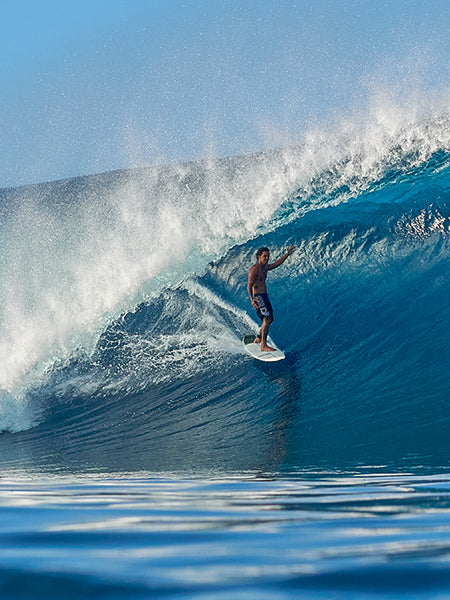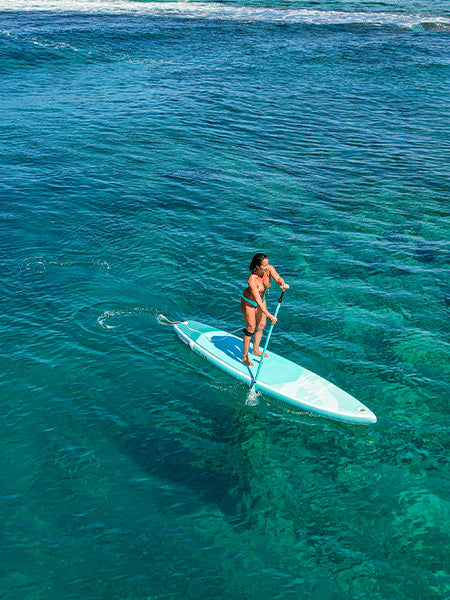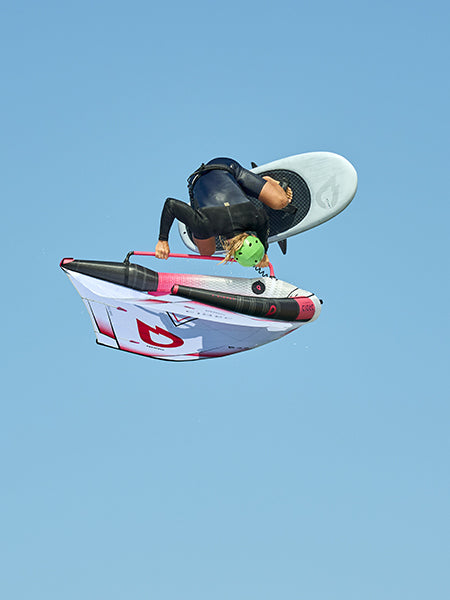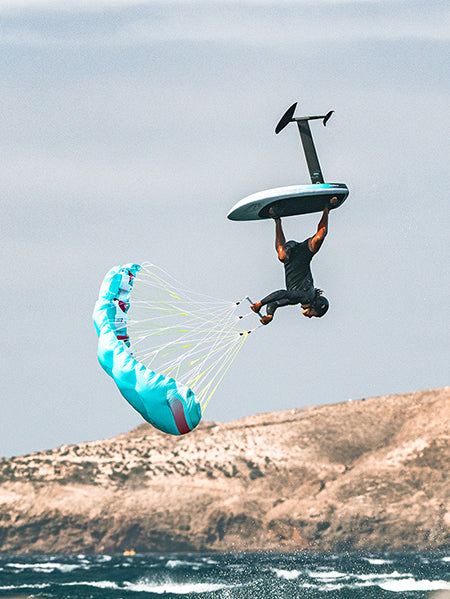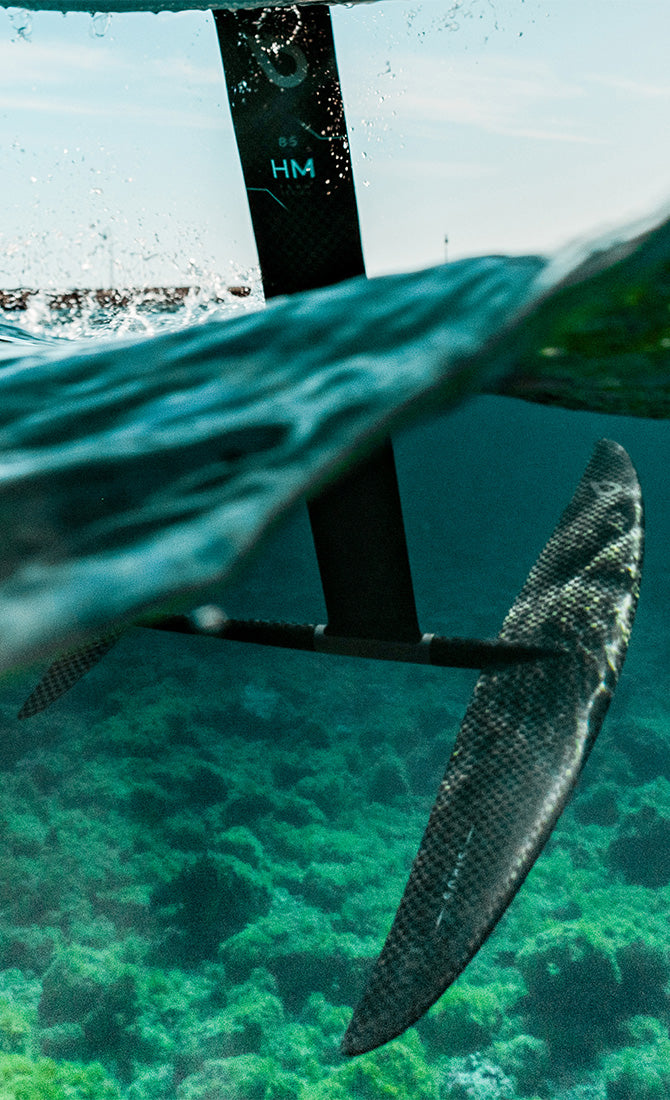Air tack
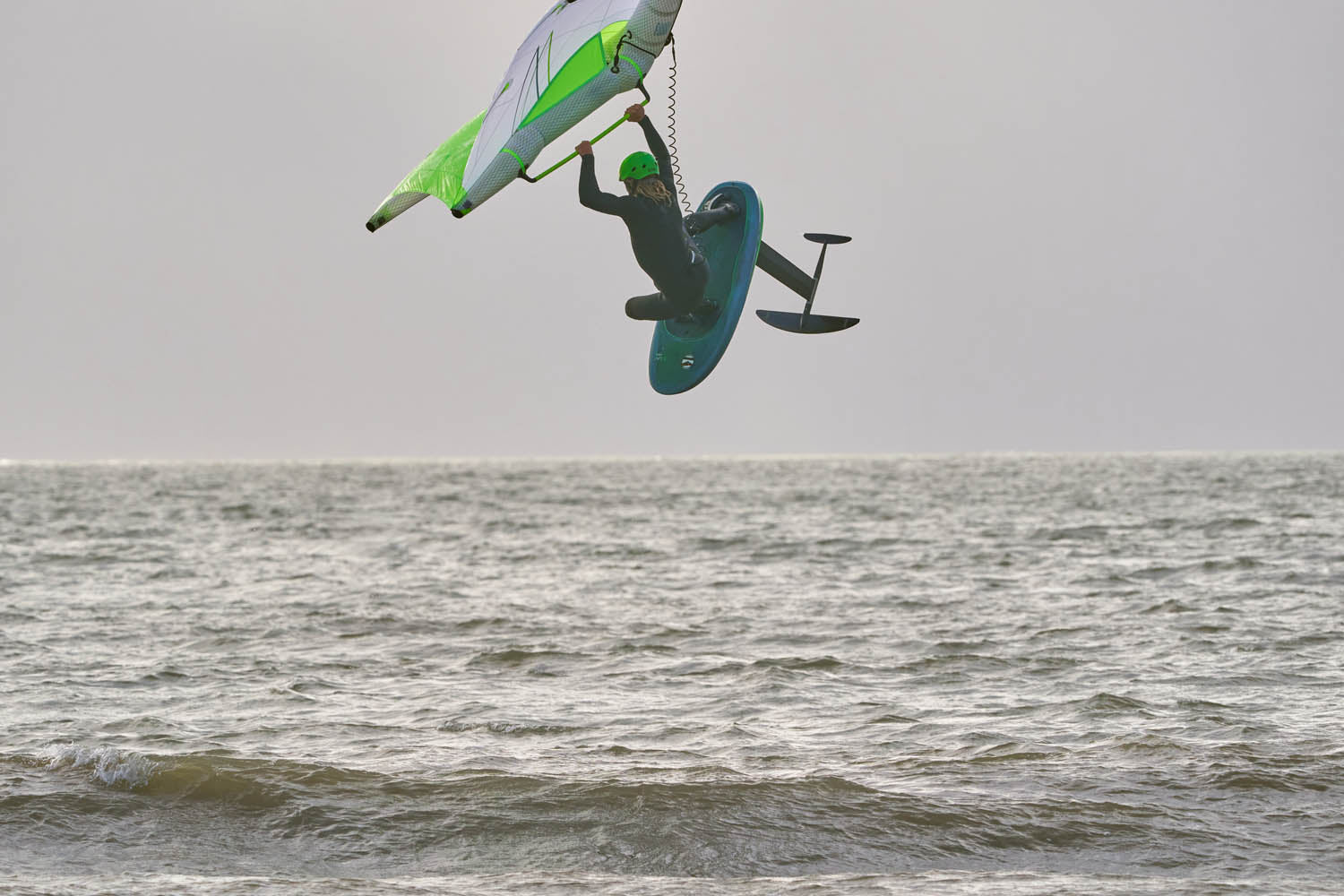
Cross the wind axis in the air with the Air Tack, a freestyle maneuver that changes your tack with style!
Tired of the regular tack? Spice up this transition move with an aerial twist using the detailed tips from Malo Guénolé. This trick forms the foundation for numerous variations showcased by freestylers on the Wingfoil Tour. Awarded a base score of 2.00, the Air Tack, abbreviated as AT on the score sheet, is an accessible move, as explained by Malo:
“The Air Tack is one of those little moves that will add style to your riding. Indeed, it’s an extension of the heelside to toeside tack where you simply add a jump. So, it goes without saying that you must first master the tack to pull off this trick. Besides that, this move is within everyone’s reach!”
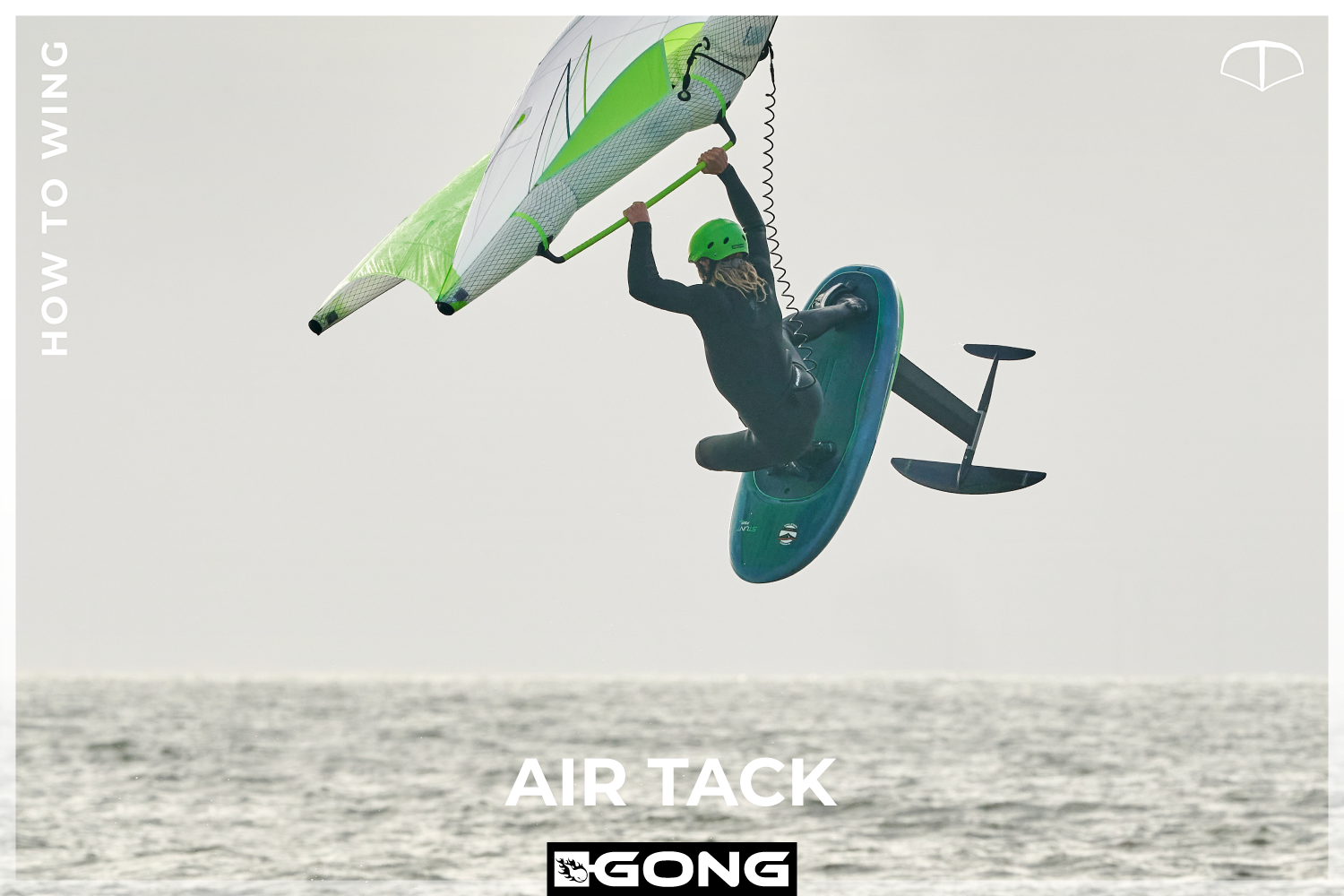
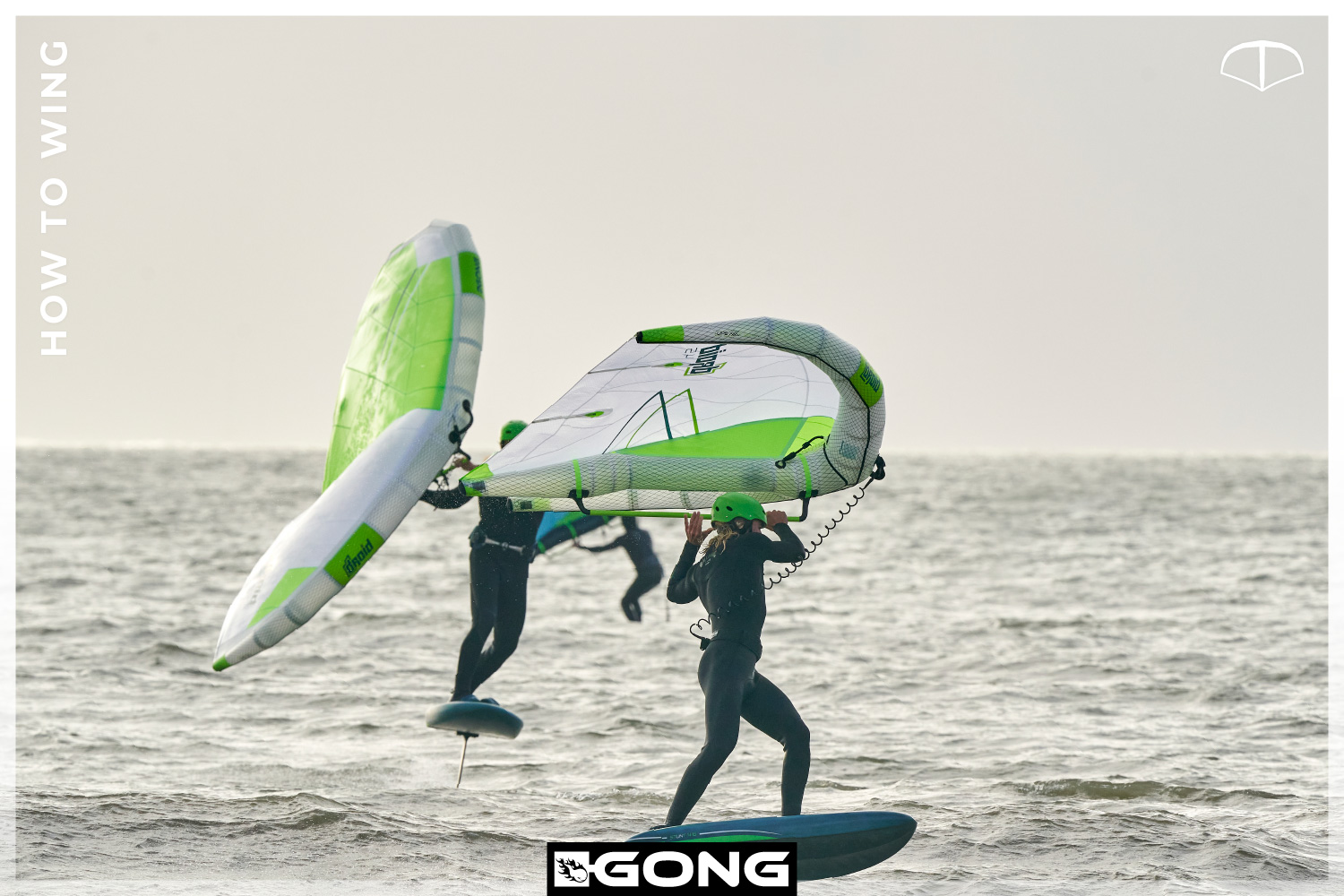
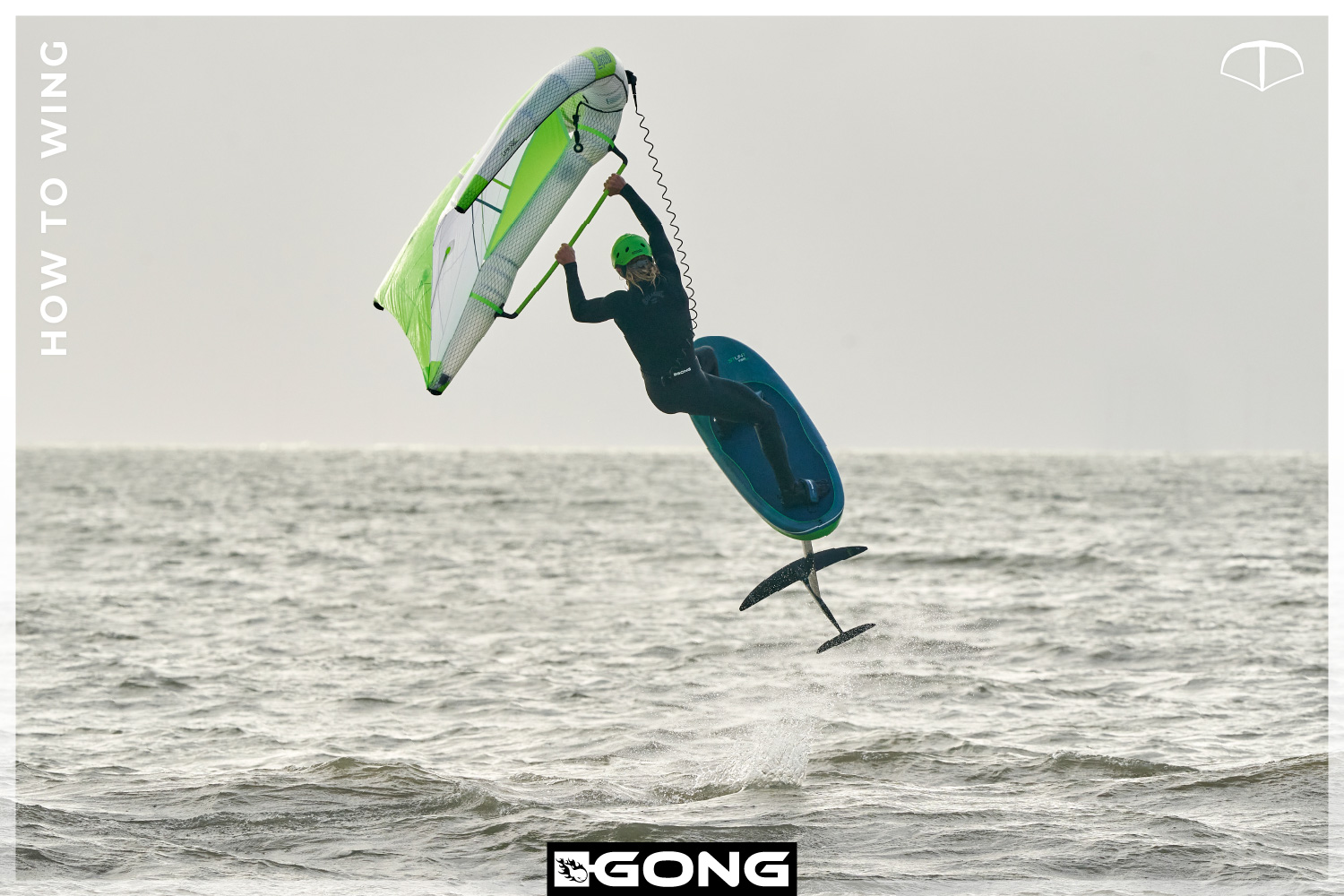

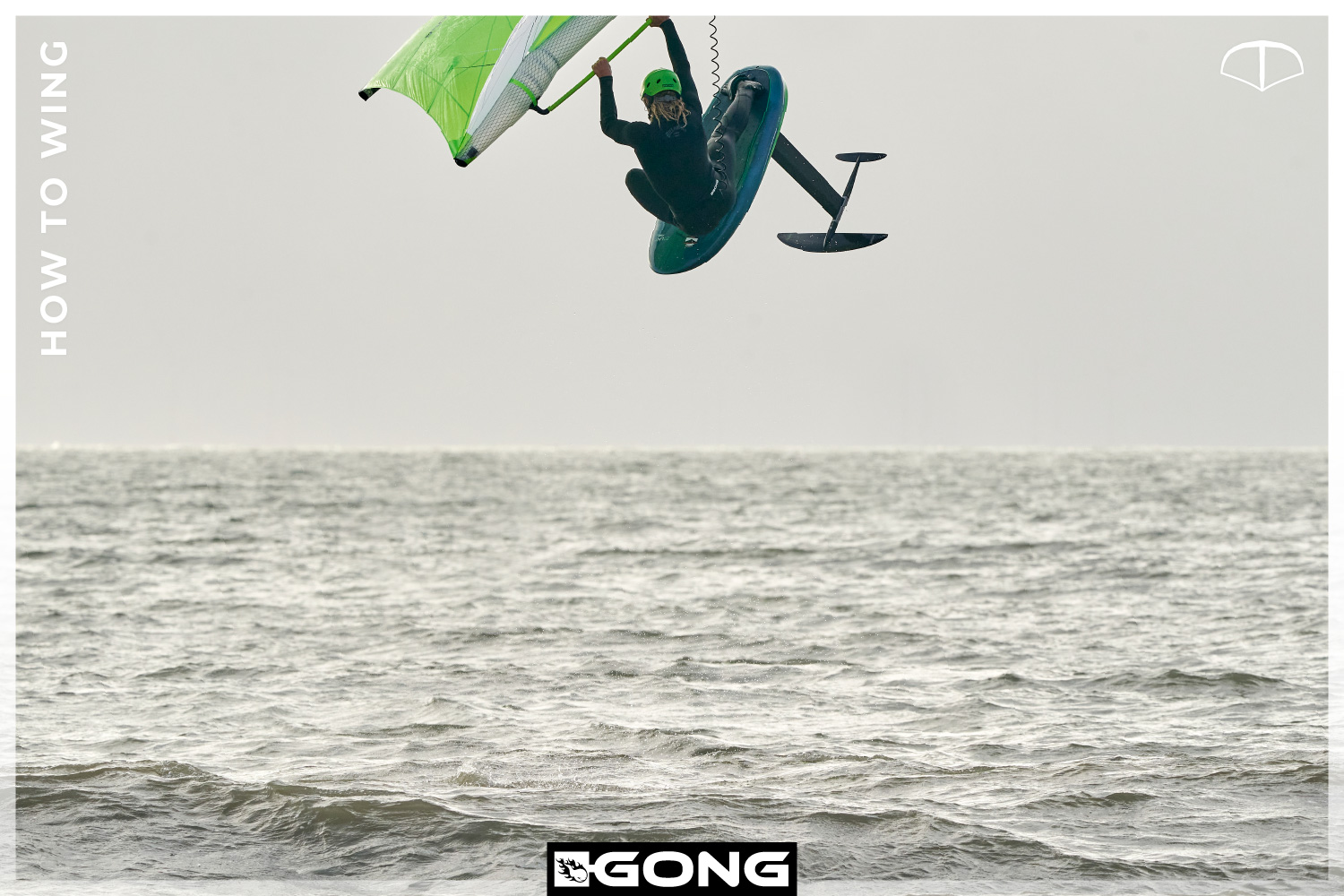

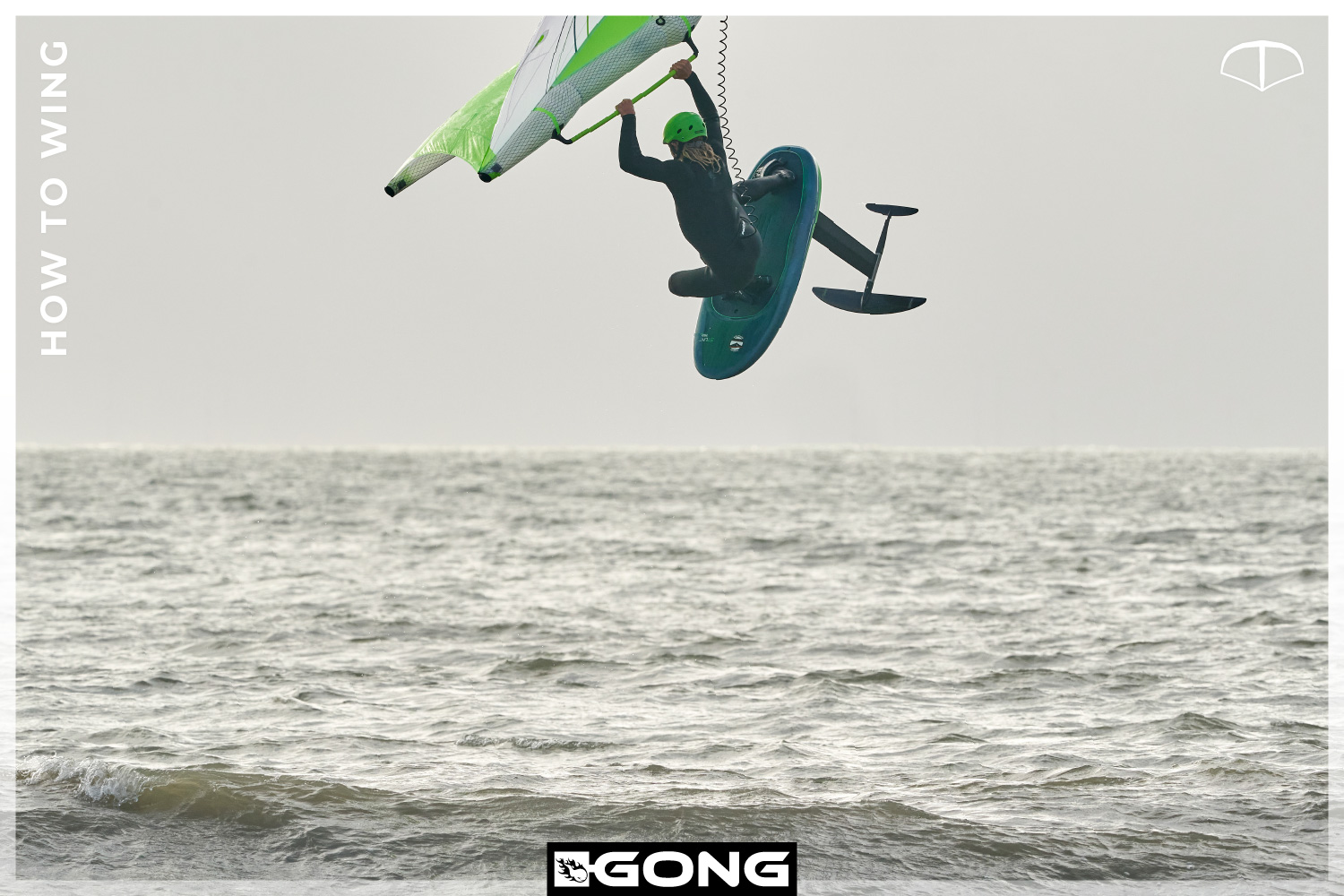
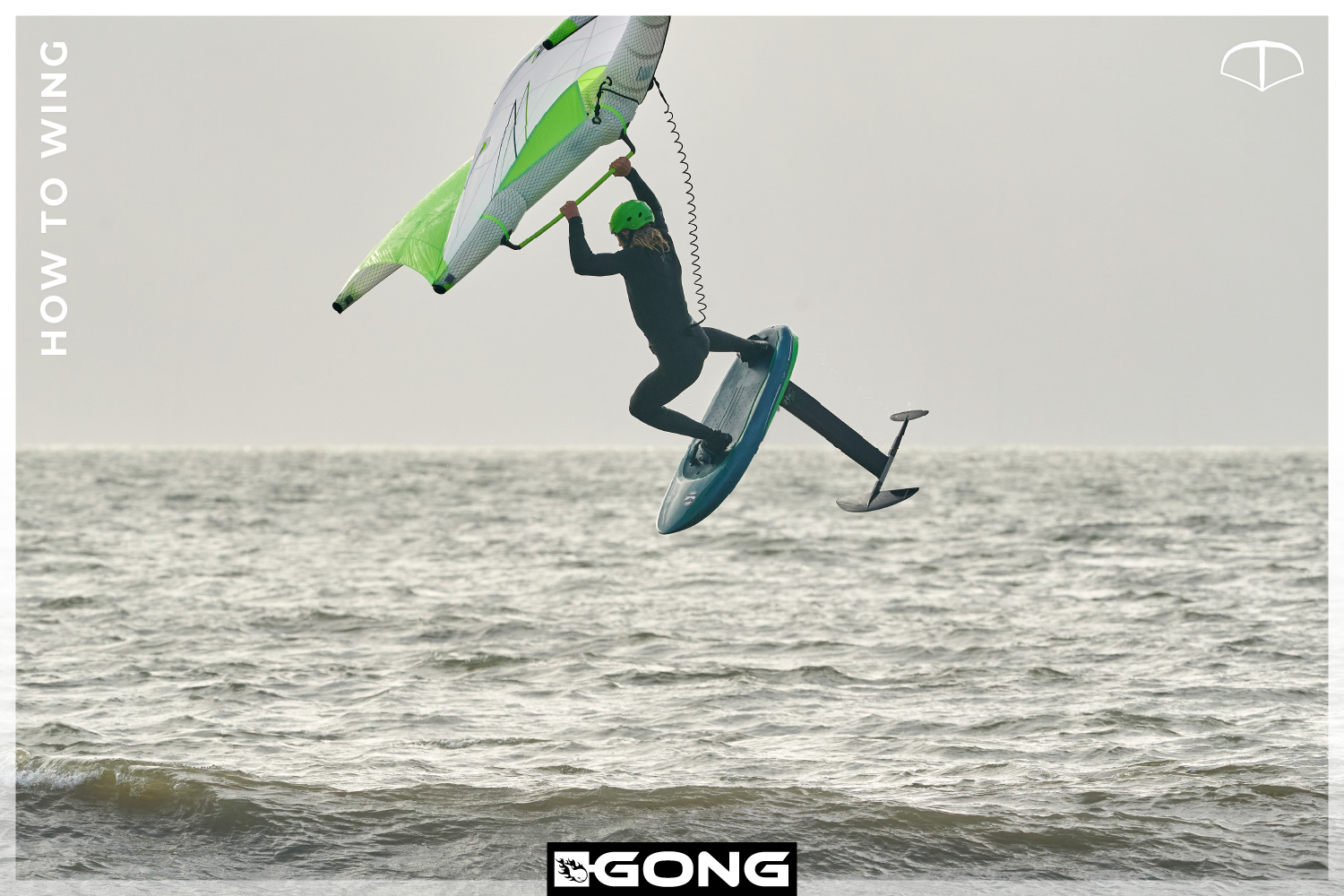
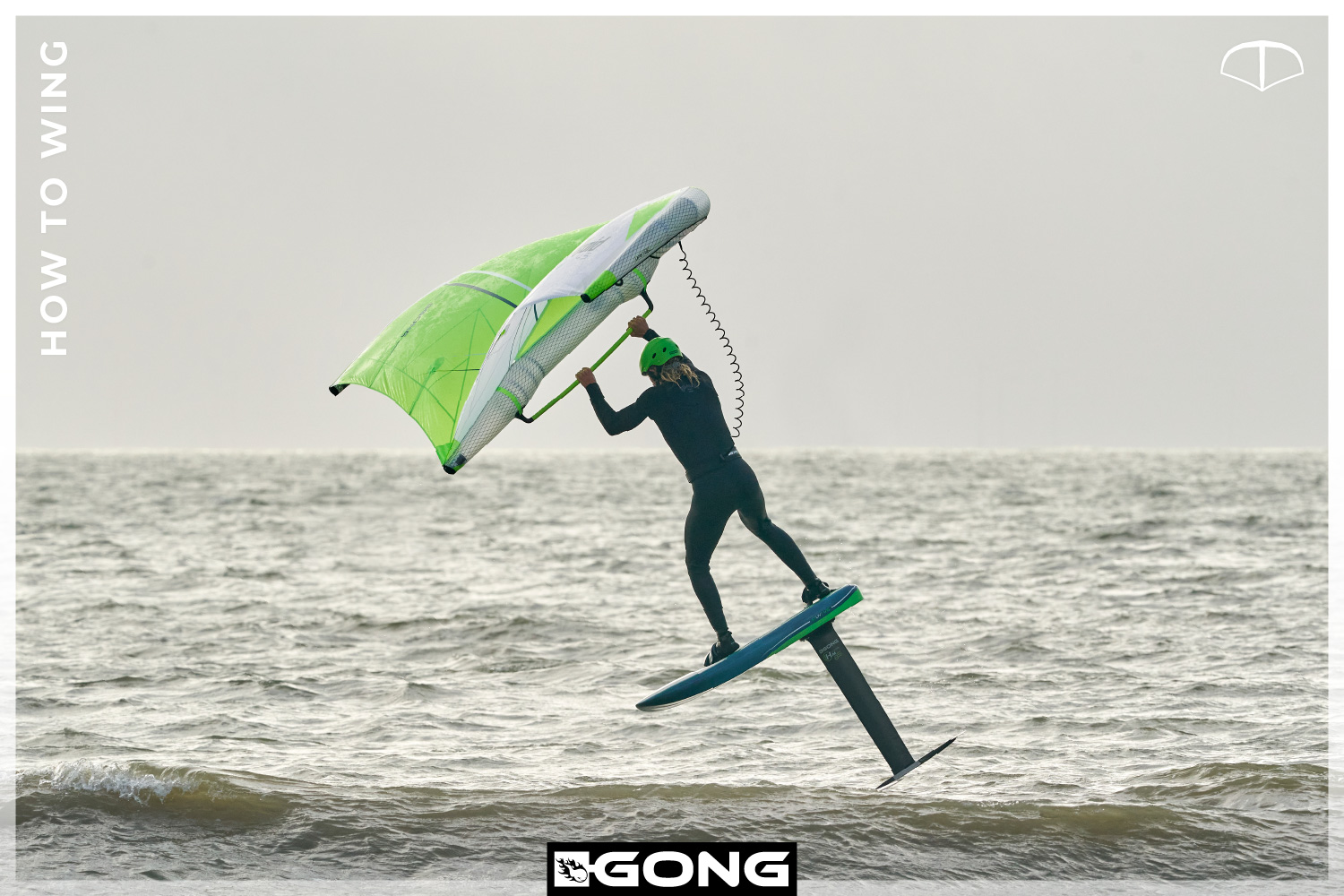
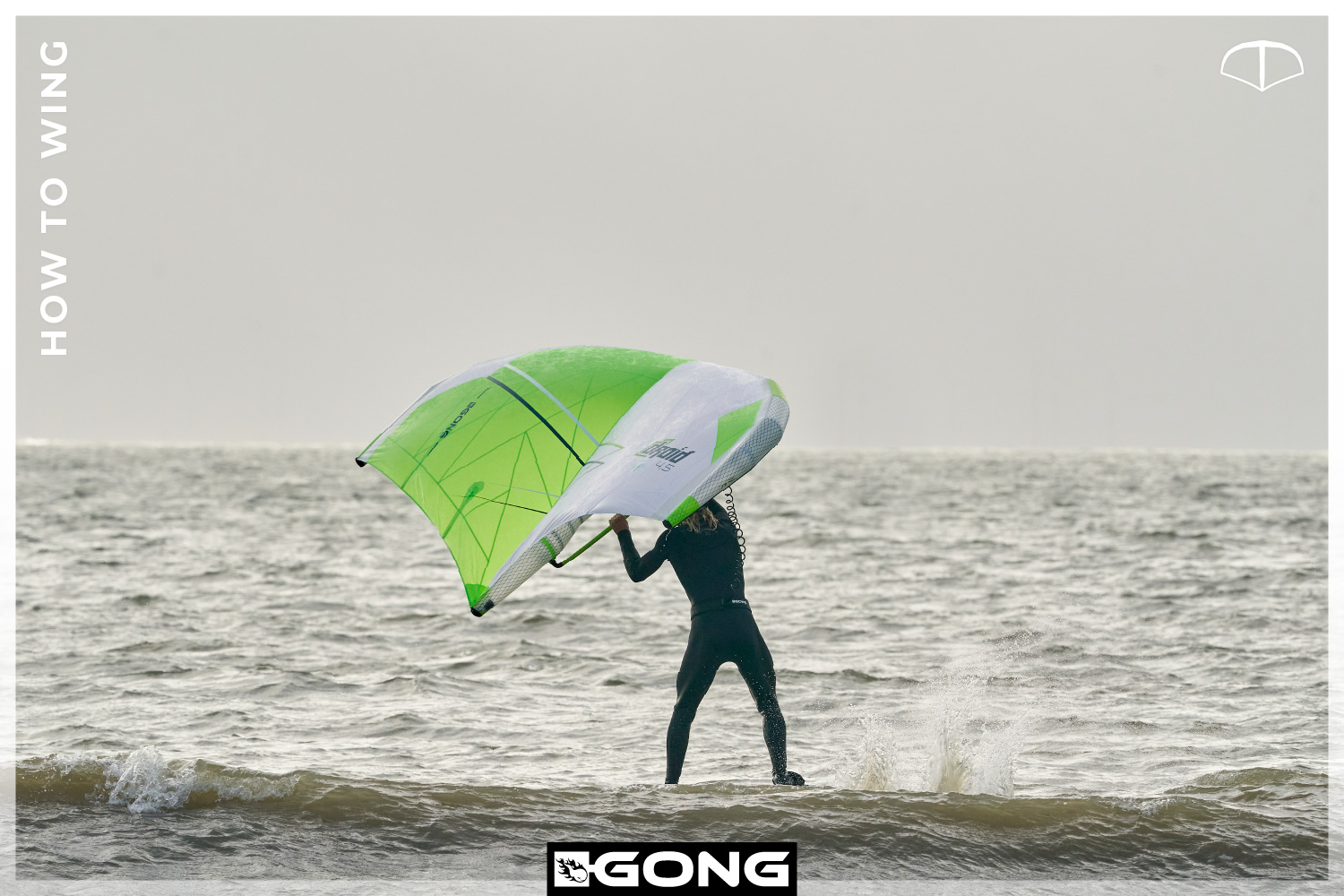
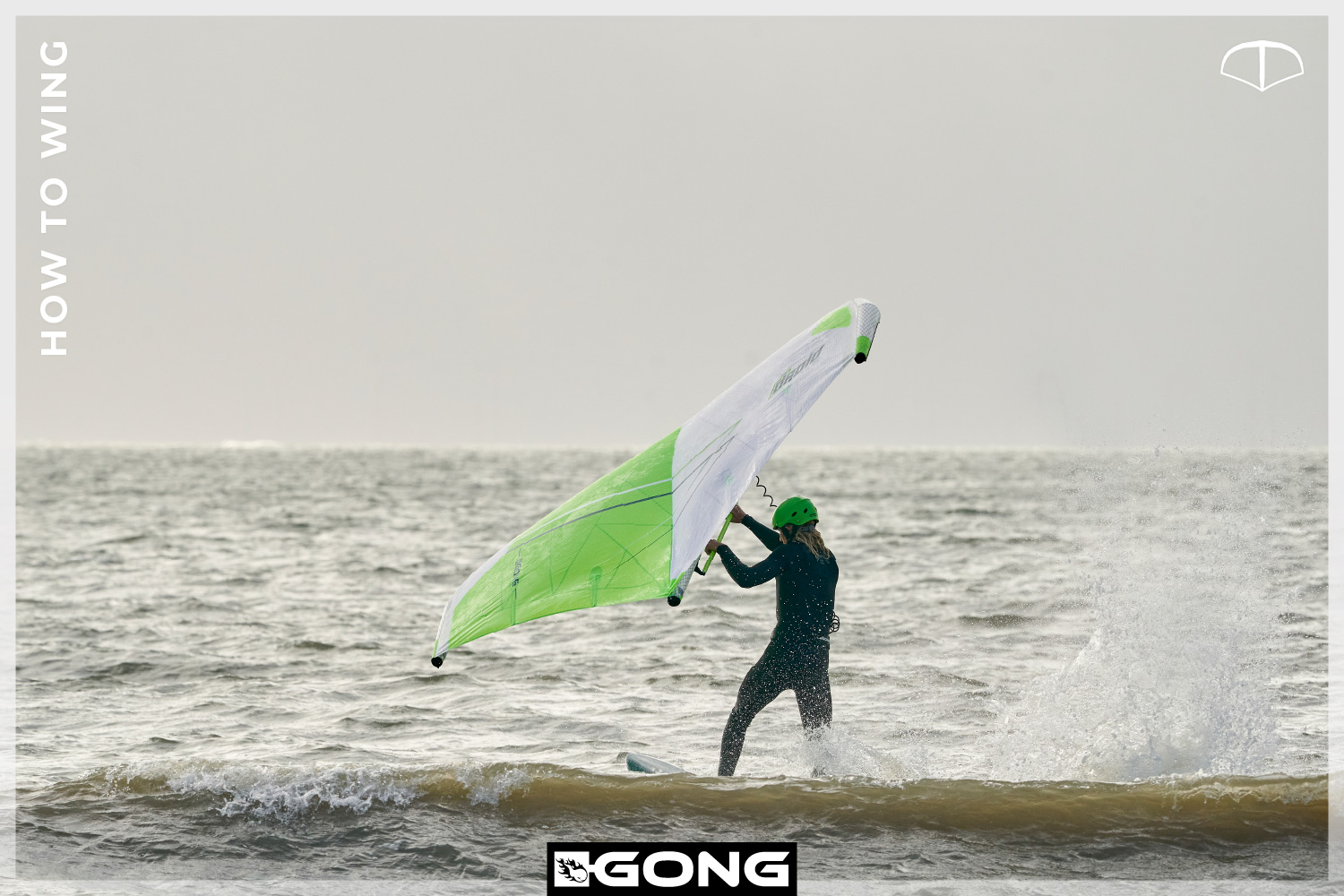
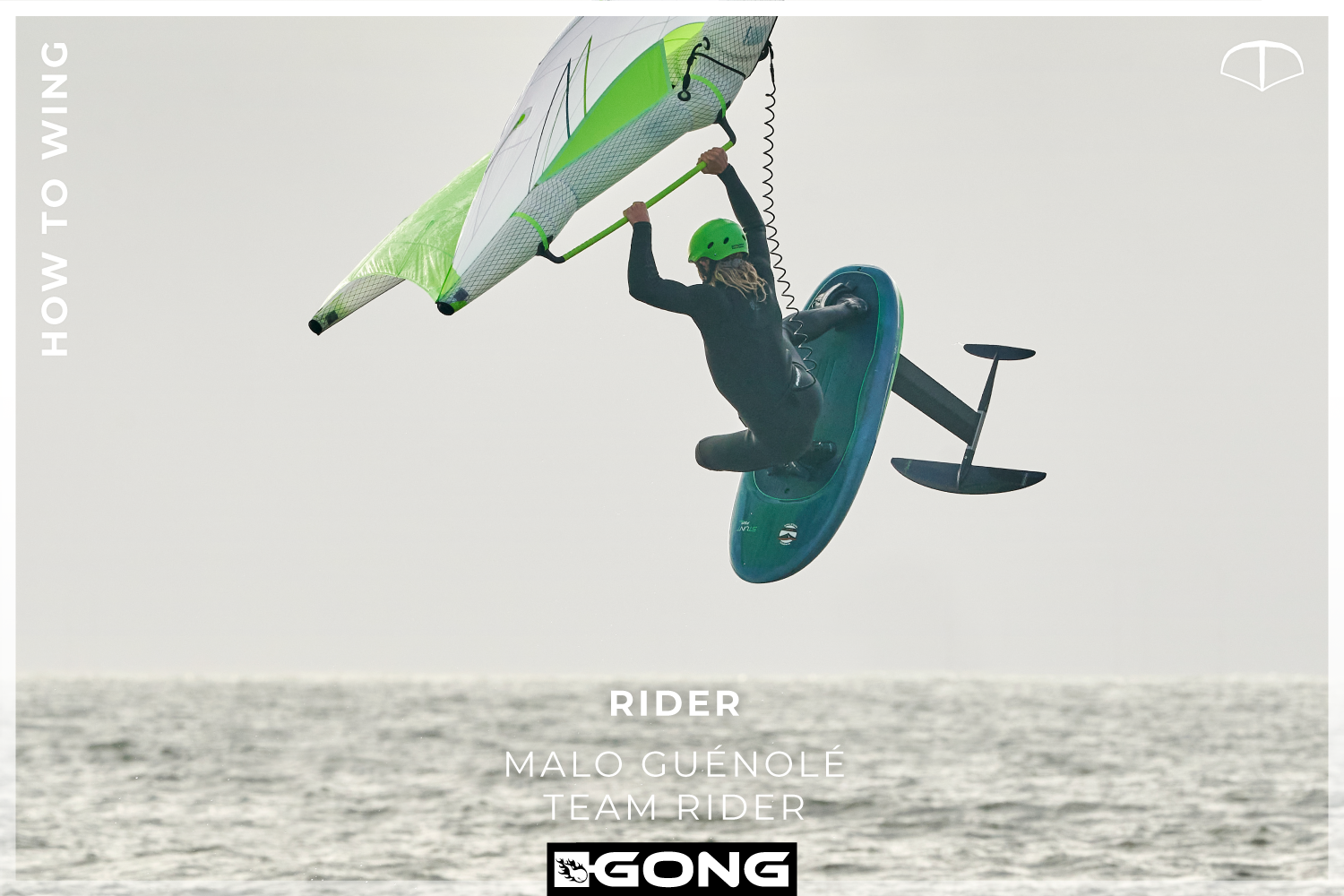
Ideal Conditions
“To perform this move, you’ll need your helmet as usual 😉 and conditions where you feel a good amount of power in your wing. If the wind is too light, you’ll struggle to gain height, and the exit from your trick may be challenging. As for equipment, any foil, board, and wing can do it. Now that you’re in good conditions and well-warmed up with a few tacks beforehand to recall the movement, you can go for it.”
Choose your moment
“So, for now, cruise comfortably on your heelside with both feet in the straps, with the idea of trying an Air Tack. To do this, start by gaining speed by sheeting in your wing. Try to go faster than usual when performing a tack because the faster you go, the easier the pop will be, and you’ll have more airtime. Now that you’re cruising at a good speed, identify a section of the water that interests you. Whether it’s a gust, a wave, or a bump,, any moment is good to pull off this trick, however, a section where the water state is smooth will make it easier to control your wing and board.”
Anticipate the hand switch
“Once you’ve reached the chosen section, start your tack. Begin your turn into the wind while passing the wing over your head with the front hand. However, unlike a classic tack, you won’t switch hands after completely crossing the wind axis but rather earlier, when you’re facing the wind or slightly before. Switching hands earlier will give you more power to lift the foil out of the water and ascend vertically.”
Initiate the jump
“As soon as you’ve caught the wing with your back hand, you’ll need to pop. So, simply push into your foil with slightly more weight on the back to facilitate lifting the foil out of the water. While popping, lift the wing upward by raising your new front hand and sheeting in the new back hand. Doing this will power up the wing at the same time your foil exits the water, and you’ll directly gain height. The height you achieve will depend on whether you’re underpowered, well-powered, or completely overpowered. I still recommend starting without being too overpowered ;)”
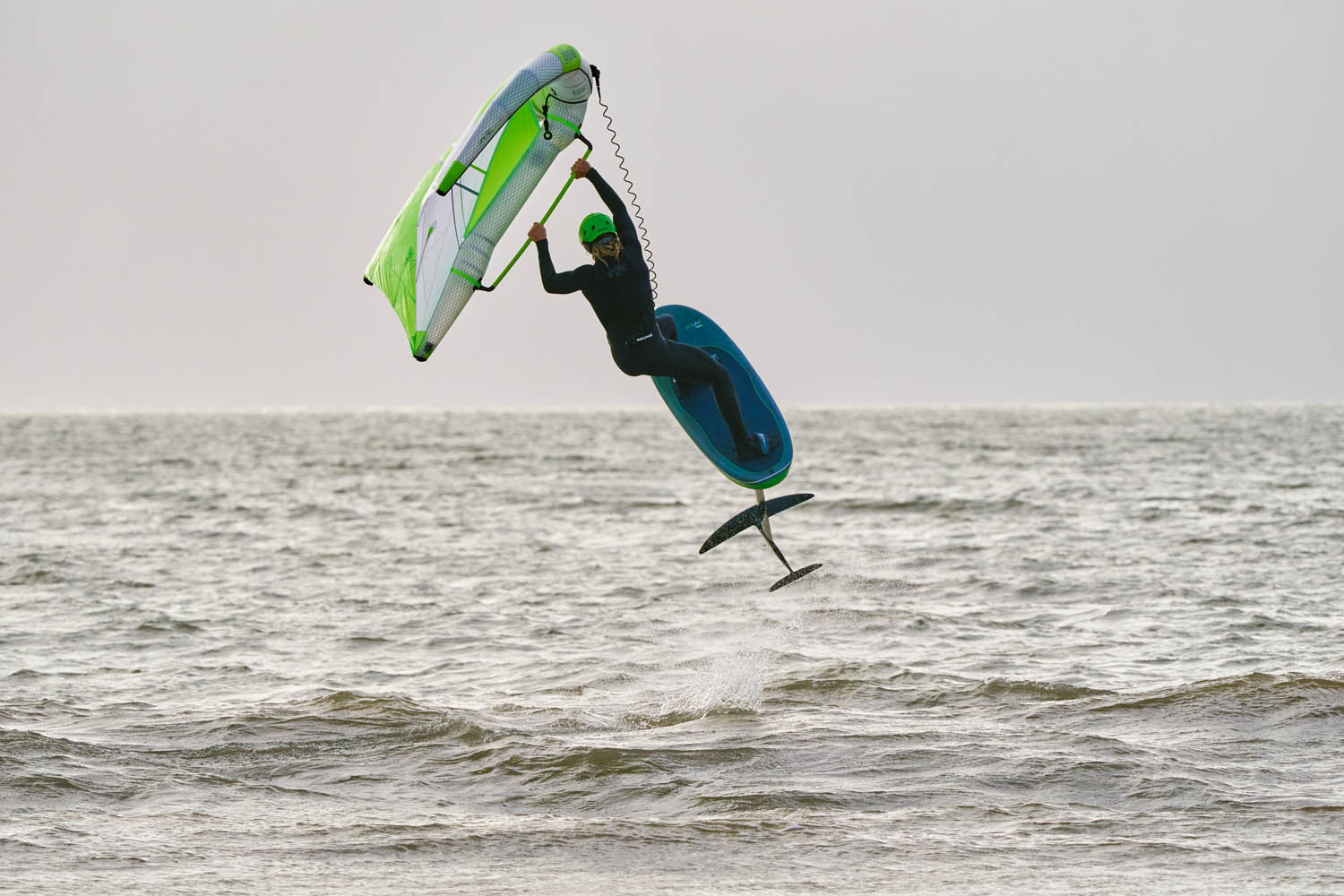
Direct the maneuver
“Now, if everything has gone well, you should find yourself in the air. At this point, simply direct your gaze toward your landing point, which is in front of you on the opposite tack from where you started your maneuver. Additionally, you can add a push into your back foot, which will orient the board, which was previously facing the wind, toward your landing point. While doing this, try not to lean backward, or too off axis. So, make sure to stay above the board to help with a clean landing.”
Land and relaunch
“At this point, you should be in the landing position with your board oriented toward the landing, approaching the water. Prepare for the impact by bending your knees as soon as your foil touches the water, allowing you to remain stable. Furthermore, you can sheet in your wing to create power, which you can lean against to help support your balance upon landing. Once your board is on the water, you can pump your foil and wing to take off again. And there you have it, you’ve successfully executed your first Air Tack!”

Style Tips to Add to This Trick
“Once you’ve mastered the move, you can add style by pushing out your back leg until it’s fully extended. Doing this will give a tweaked aspect to the trick, similar to a Toeside Railey. Moreover, you can also aim to come out planning from this trick. To achieve that, while still in the air with the board oriented in the direction you’ll restart, point the wing forward. This will create forward traction, giving you speed on landing and making it easier to restart planning from this trick. Now that you have all the keys to succeed in this move, all that’s left is to hit the water and give it a try!”
